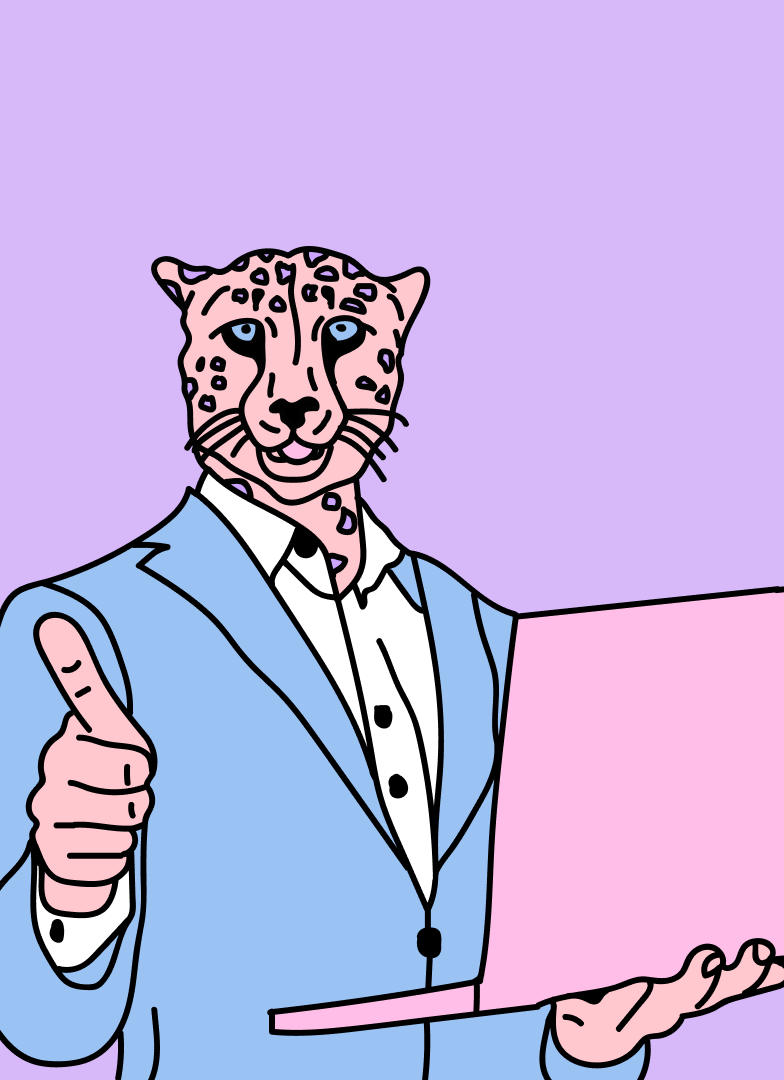
“I’m glad we are over time. At the 7 minute mark, I wondered how this was going to be sustainable for 40 minutes.” –
Jason Schwartz
A big thank you to Princeton University’s Design Nation Conference 2020 for having BBG’s Creative Director, Partner Jason Schwartz as he presented “Design is Super Easy” workshop session. Additionally, a big thank you to Meg Lewis for being the Bawse and assisting with the session.
The Catholic Church, Milk and Tiffany & Co. should be proud. (Or should I say Tiffany & Cow.) Thank you again to everyone involved in making this conference happen. Below are answers to the Q&A during the session but didn’t have time to answer.
When you have brainstorming/ideation sessions, how do you judge and make sure good ideas stand for themselves, not because they’re from people with reputation/authority?
The person who yells the loudest doesn’t make them more correct. When we ideate with all levels of employees involved in research. When we do offsite ideation digitally, we do it anonymously. When we share the results from ideation after our team has parsed it, we don’t share whose idea it was.
When we ideate in-person with a team, we accept every single ideas in the first pass. At the end of the day, we look for ideas that align with a company’s mission and their goals. Anything that can bring us closer to those 2 items are considered gems.
At what stage of your creative process do you introduce rapid ideation? At the very beginning or after some research?
Before starting. During the entire project. After finishing. A company cannot be static, simply because the world around them is changing. Even if a company is internally static, the outside world will have an impact, changing story, outward voice, marketing, design, etc.
In 20 years, we’ve never worked with a company that was static internally. That means business itself will be changing and new ideas, will arrive. One thing that is important to note is that typically your clients are not Designers and have all of the creative tools at the start of a project.
Good ideas from those who don’t typically think out of the box will come with the education. It’s ok to speak up. It’s ok to think about who we COULD BE. Not only WHO WE ARE TODAY. Always be open to new (and better) ideas before, during and after a project.
What strategies do you use when dealing with a difficult client?
All Clients are different (especially when working at a consultancy), so you will be working with new people all the time (and pretty much on every project), which means you need to get to know them and they need to get to know you.
You MIGHT be taking things you learn throughout your career fore-granted. Your experience is not their experience. Something that seems obvious and simple to you, might be complex and difficult for them. Always remember that you have been hired to be on their team and for your expertise.
That said, you should be able to share your expertise to arrive at a solution you believe in. Another perspective: The Client has hired you for your expertise. At the end of the day, this is a job. If you struggle to connect with a Client and have the flexibility financially to walk away, walk away.
It won’t matter how hard you work educating the Client, if they are unable to work with you and you them, it’s not a fit. Designers do not deserve to be berated, or psychologically poisonous environments. Ever. Period. Fire them. It’s ok to walk away.
Firing a client doesn’t reflect poorly on you. It just goes to show that you understand your own limits, and are also doing the Client a favor by allowing them to work with someone who they may succeed with.
How are you able to ask clients questions so that they lead to more efficient answers?
This is a great question. Starting a project off in a non-efficient way will most likely screw up the rest of the project. After doing something for 20 years there are 2 certainties: You already know a lot of the answers. (This comes with experience and expertise.) Some answers will totally surprise you.
One thing that I feel continuously gets lost in the design space is that conversations between certain groups of people happen that both parties take as fact, but are not shared with the rest of the team. I personally like using a shared Project Management tool for all communication, so the full team can be included and in the loop.
It also acts as a record of decision making, very helpful for future reference. Creatively, sometimes I ask, “how did we get here as the answer?” It’s very helpful to look back in reflection.
At your position, how much of your skill set is people management versus creative work?
I am now 20 years into my career. I worked in the following roles, Designer, Senior Designer, Creative Director, Director of Marketing, Advisor, Director of Operations and Investor. At the very beginning, when I was a Junior Designer interviewing, I was always surprised when a Creative Director said they barely designed anymore.
At that time, I thought it was the wrong answer. My belief was that the full design team should be designing to stay relevant. Then I realized that time is money. Experienced designers are more valuable helping to educate and guide decisions to ensure successful projects, not do all of the work themselves.
Good design will always be good design. If you were a good designer as a Junior, you might not have the business skills YET, but you will probably be a good designer as a Creative Director, without the time to do it. When I first started I was 100% design.
At this point in my career, I am probably 20% design and 80% operations, however it is my company and that isn’t something that I’ve felt has been able to be “handed off” completely to someone else. My passion is design, which is why I am still involved.
I guide checkpoints and act as a sounding board for ideas. At this point I hire people whose design inspires and instills confidence in me. Never forget: https://youtu.be/eT3BFzSD6YY
About Design Nation
An all-expenses-paid exploration of the versatility of a career in design, how design is applied differently across industries, and what it looks like to be a design leader facing the business and social challenges of our world. We’re not just looking for designers; entrepreneurs, artists, writers, and makers are all welcome—anyone with a love for design wishing to learn more are welcome. all applications are considered on a need-blind basis, and all costs are covered for accepted attendees by Princeton University. Design Nation is presented by Business Today.




